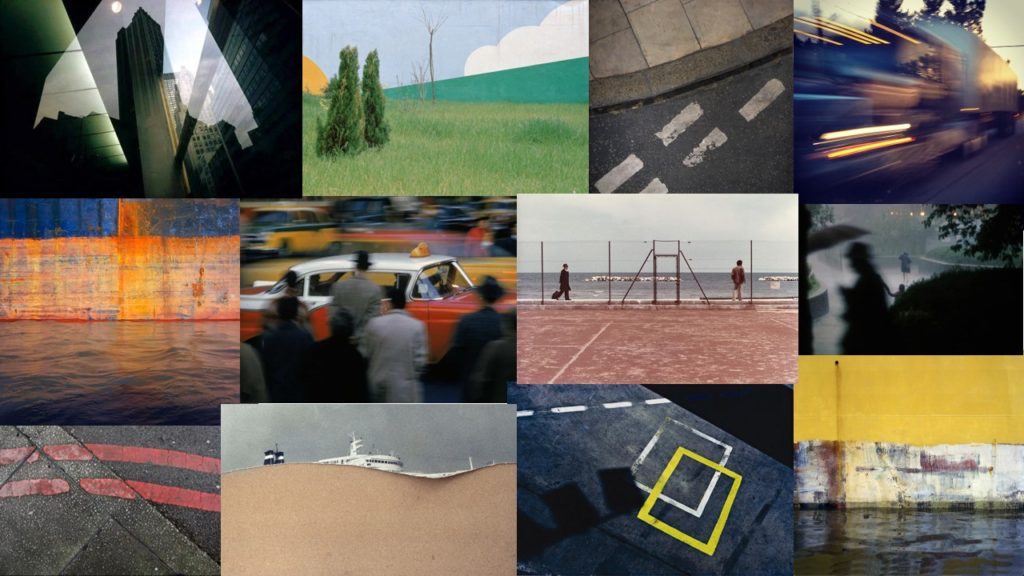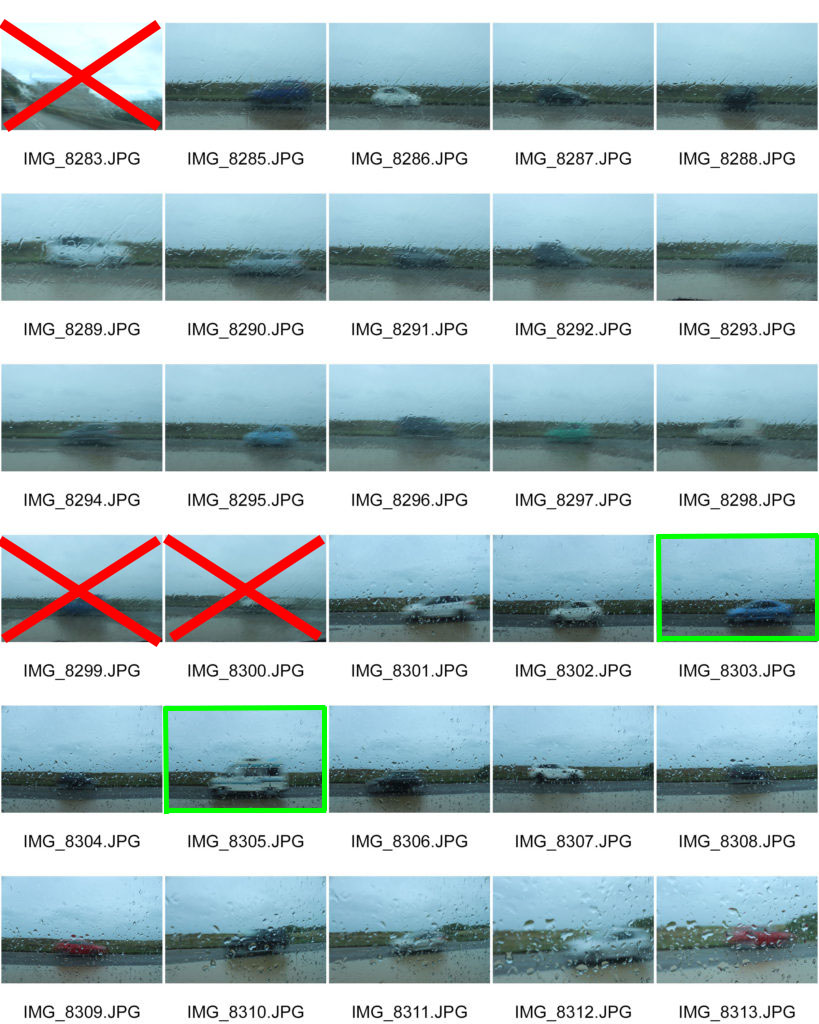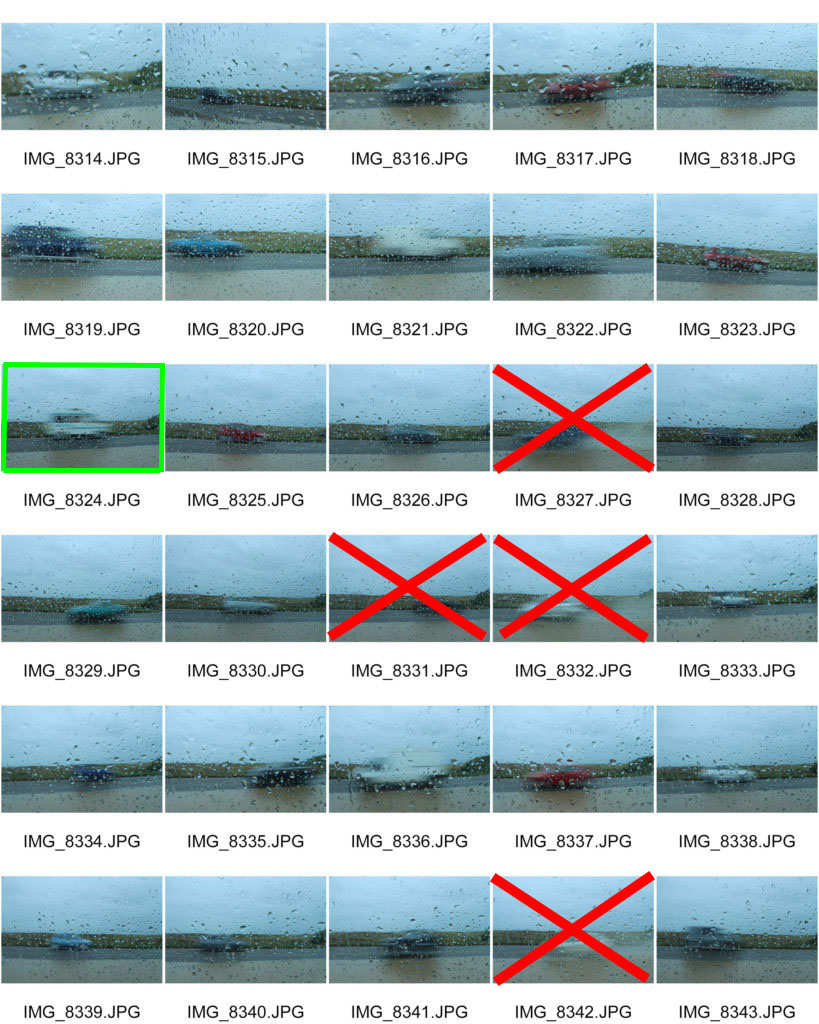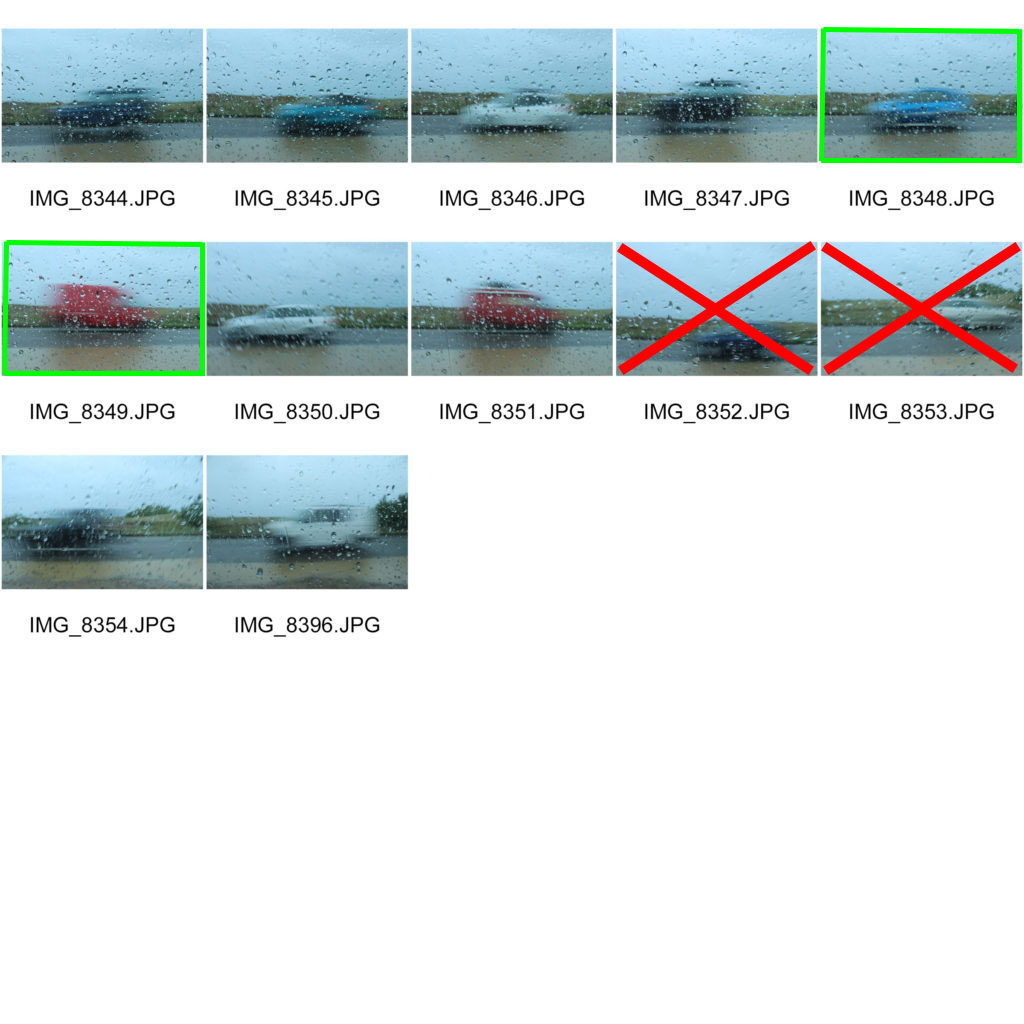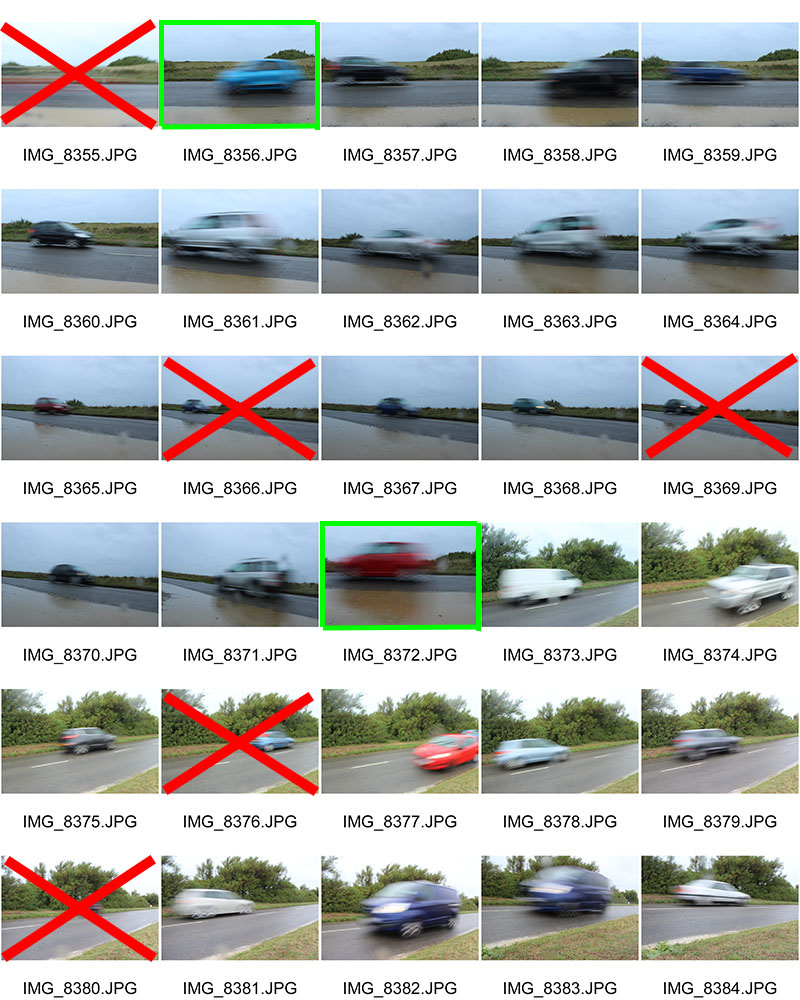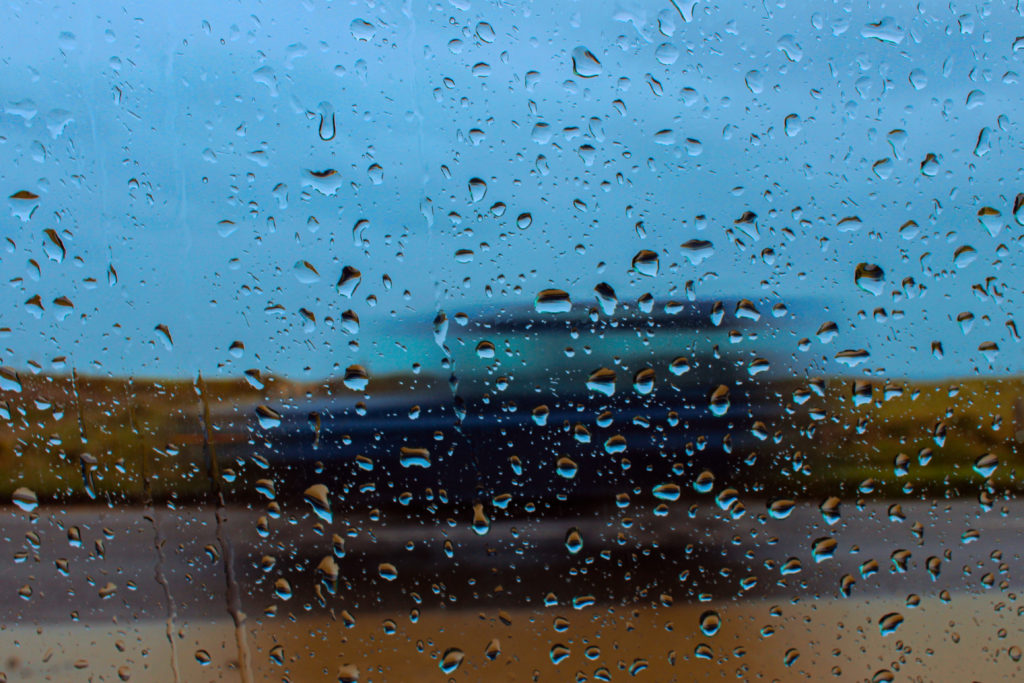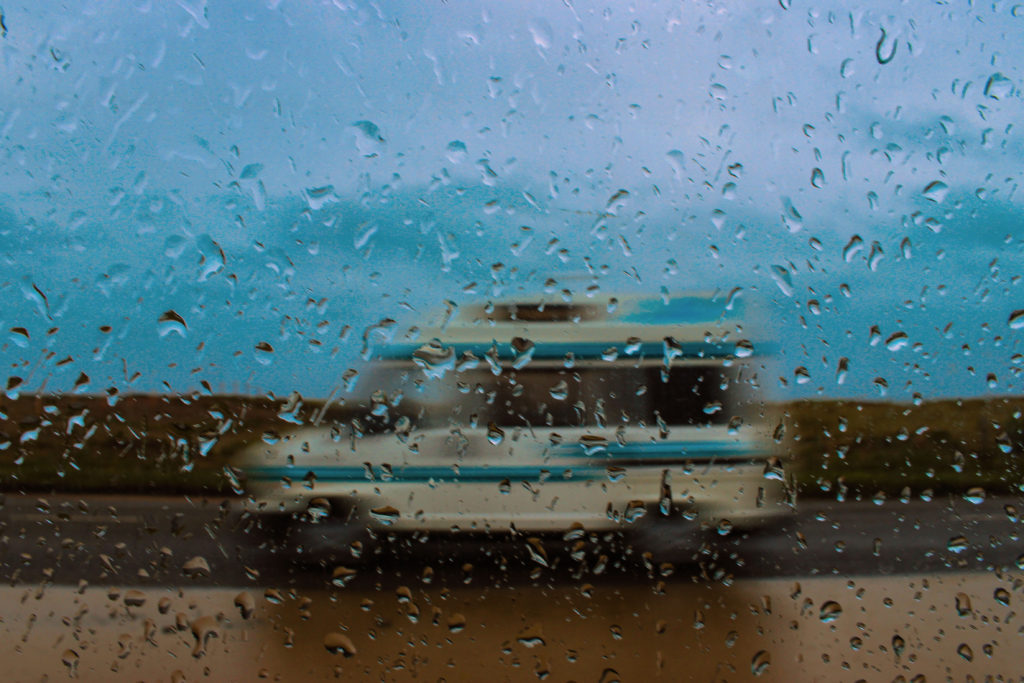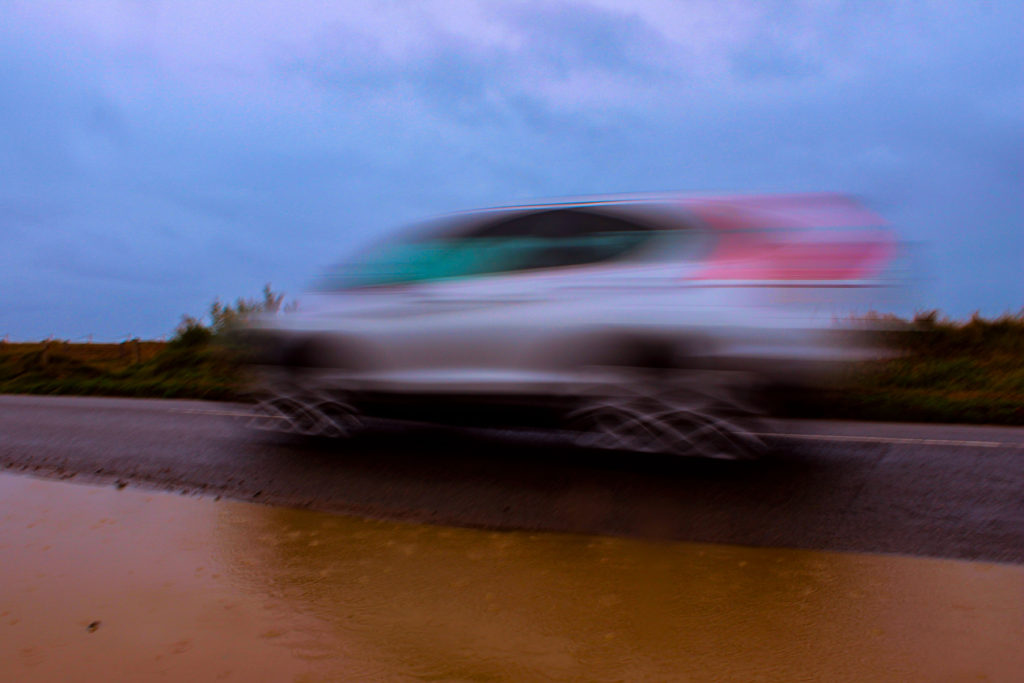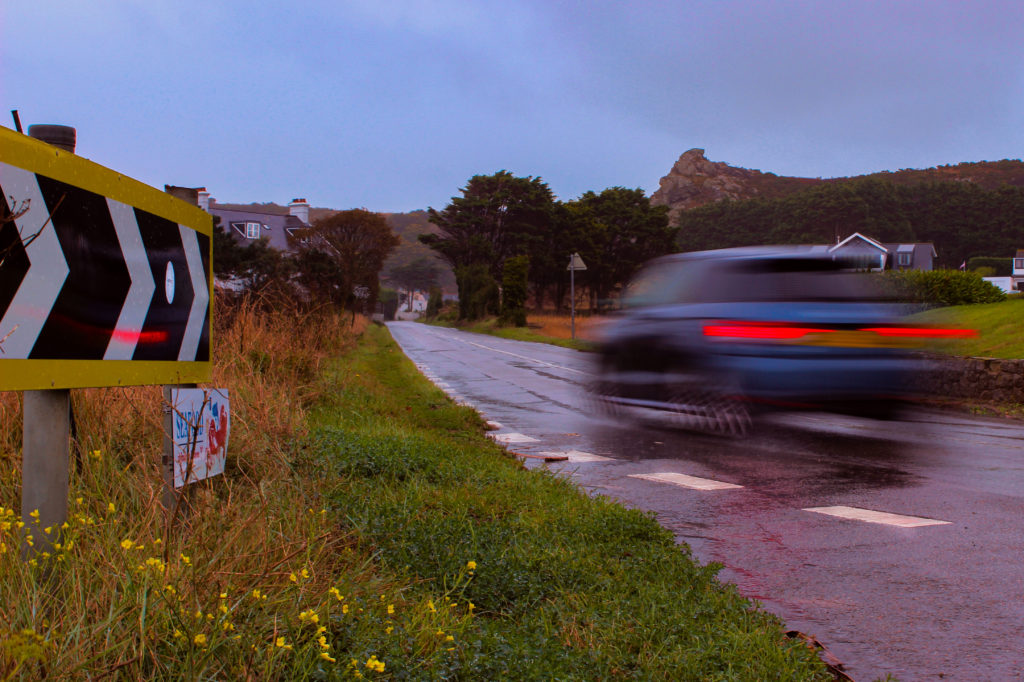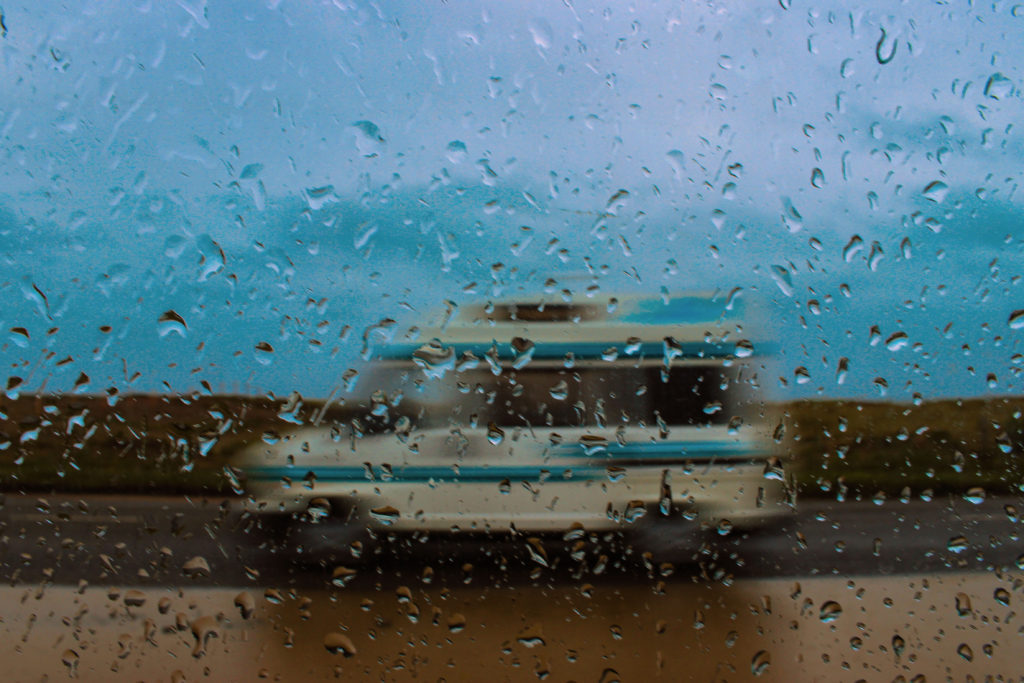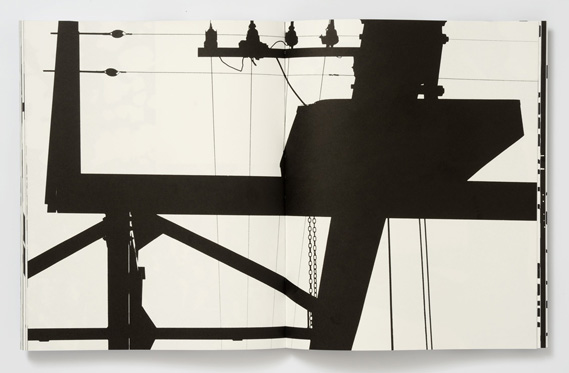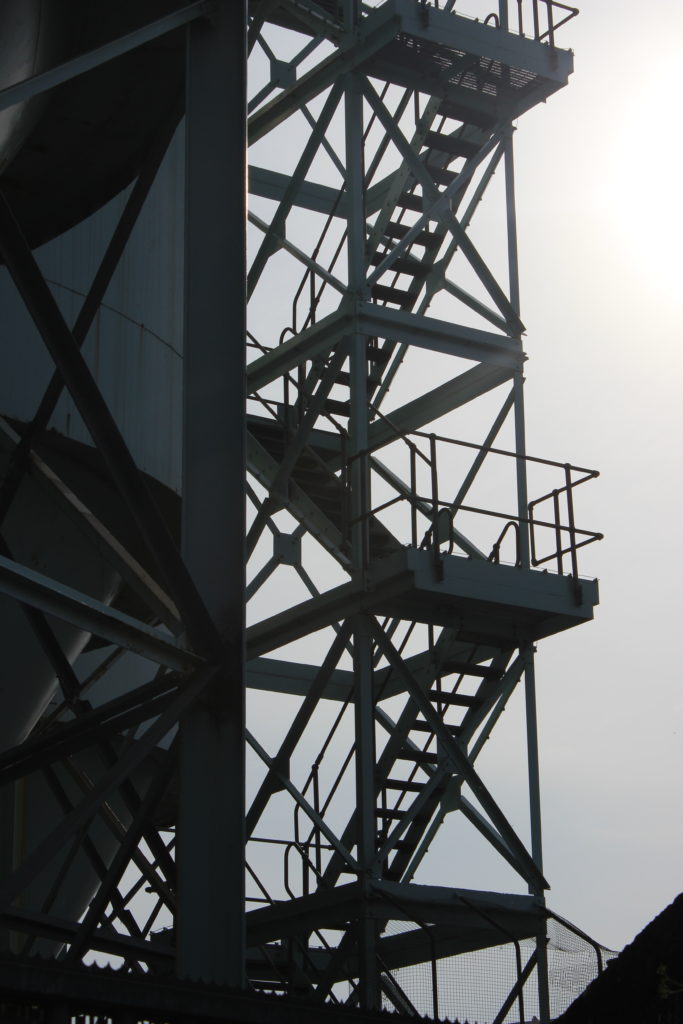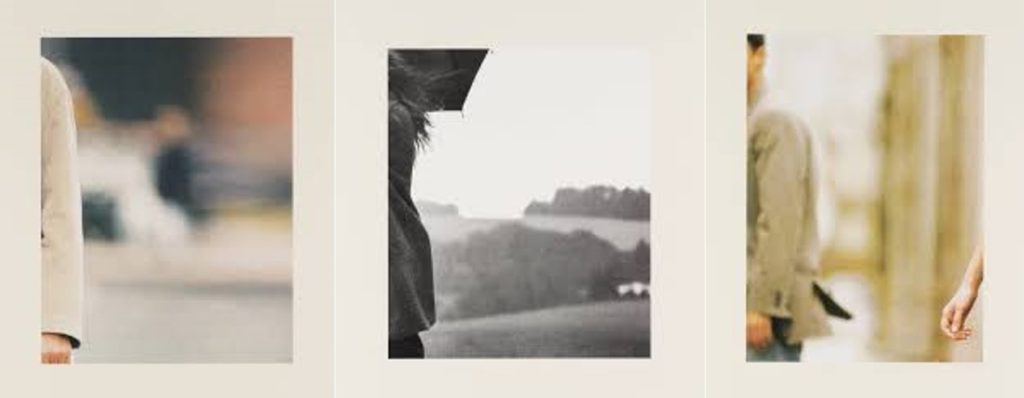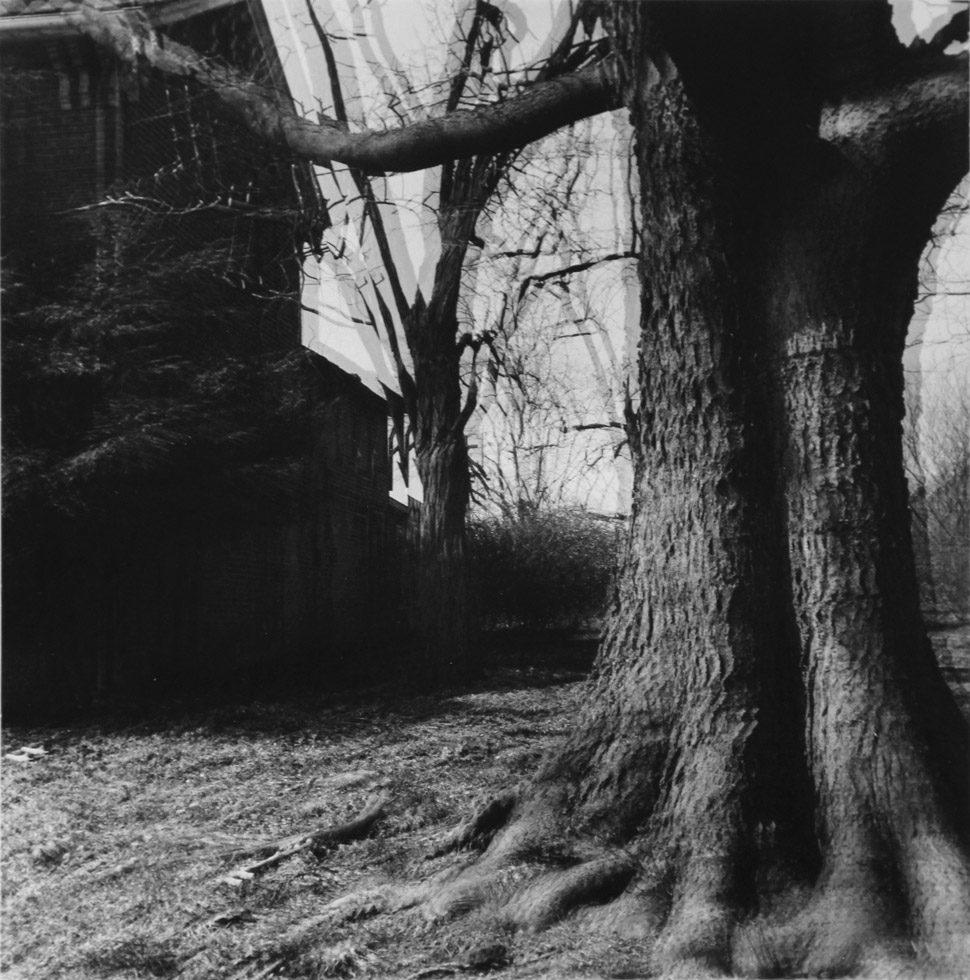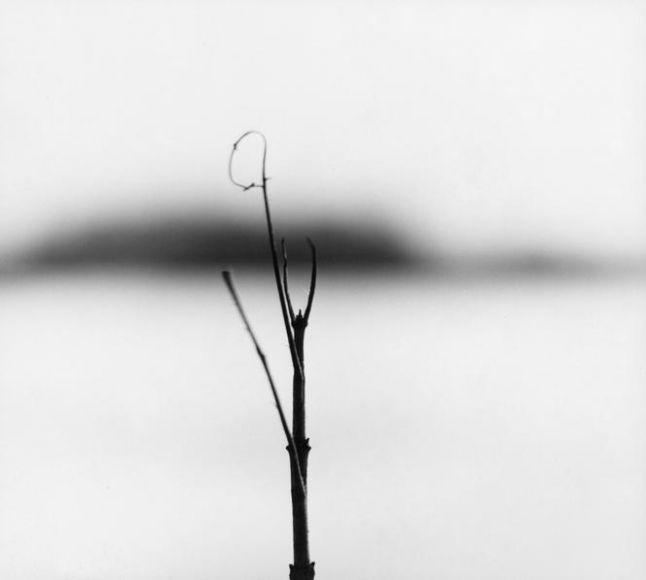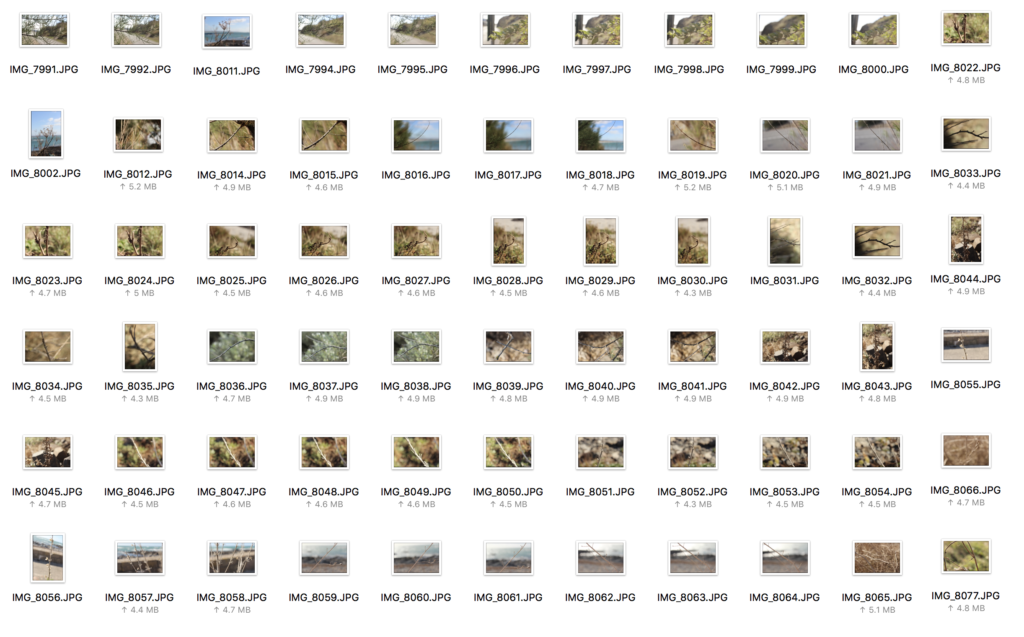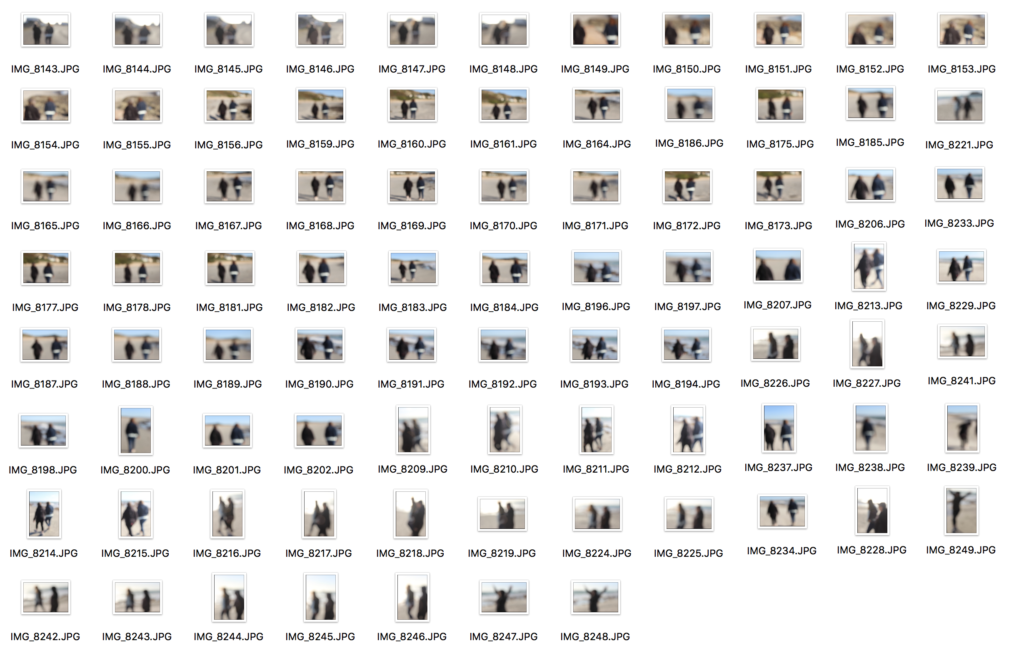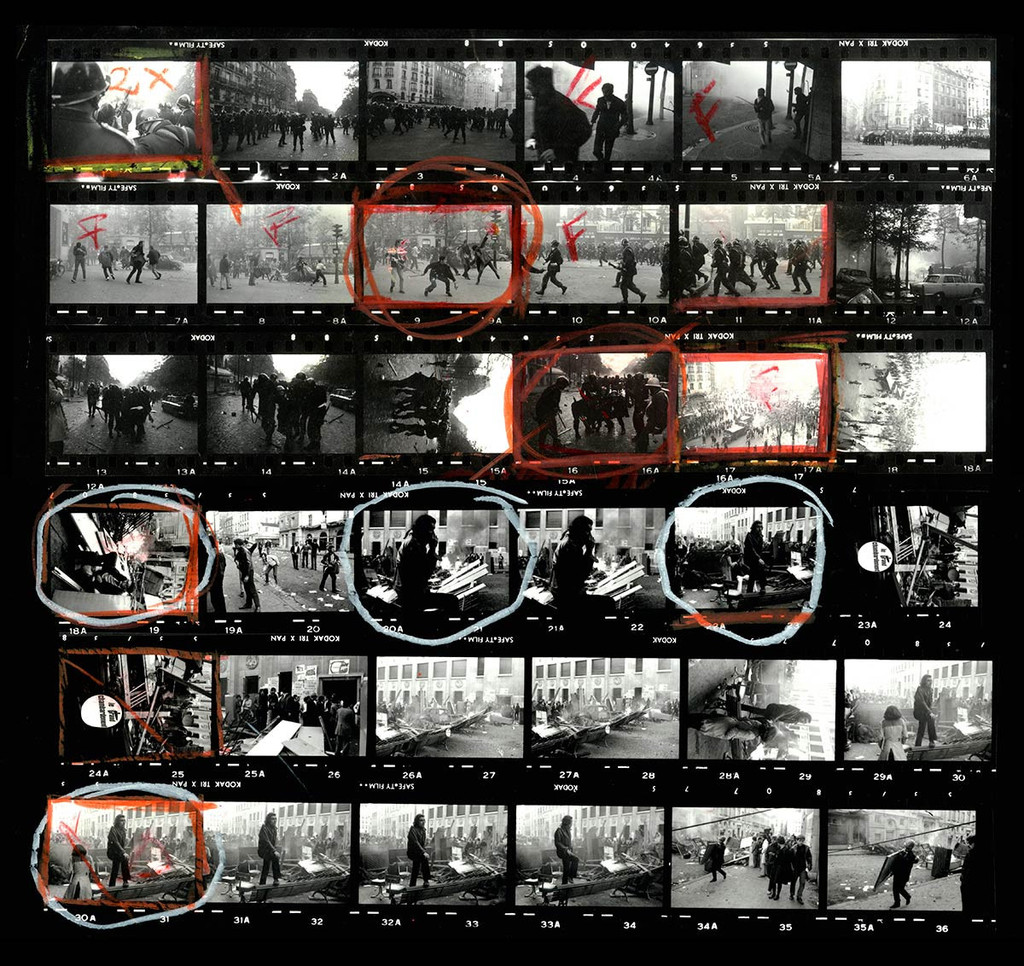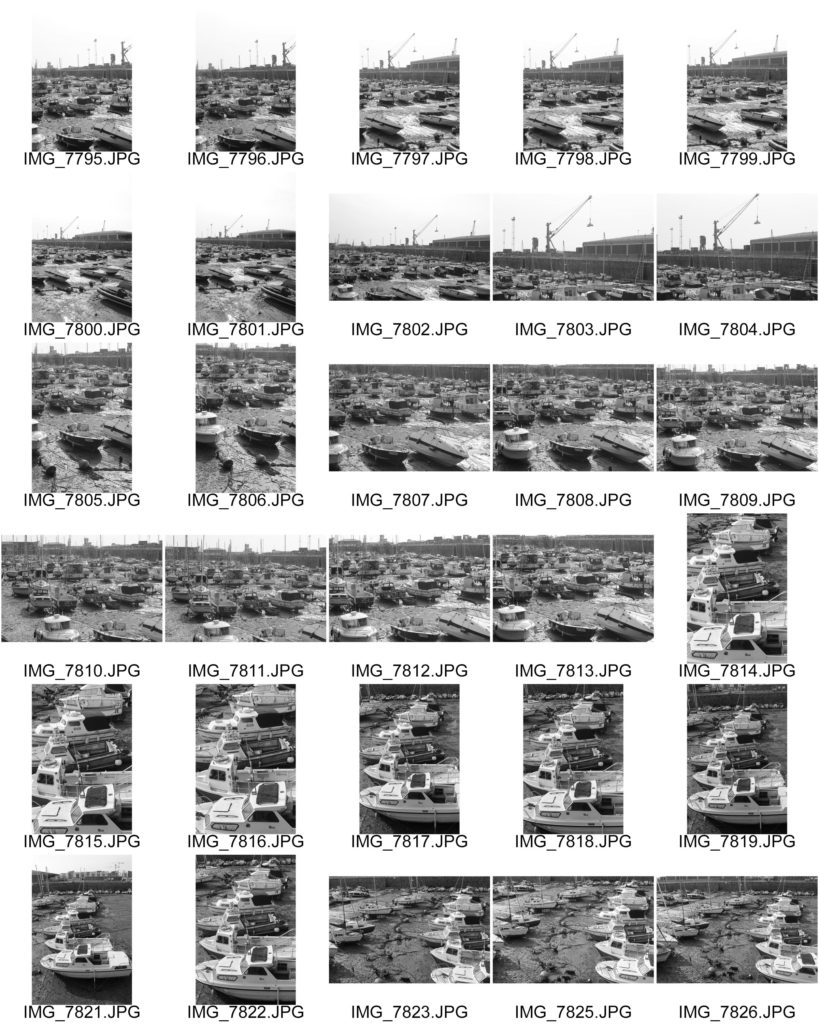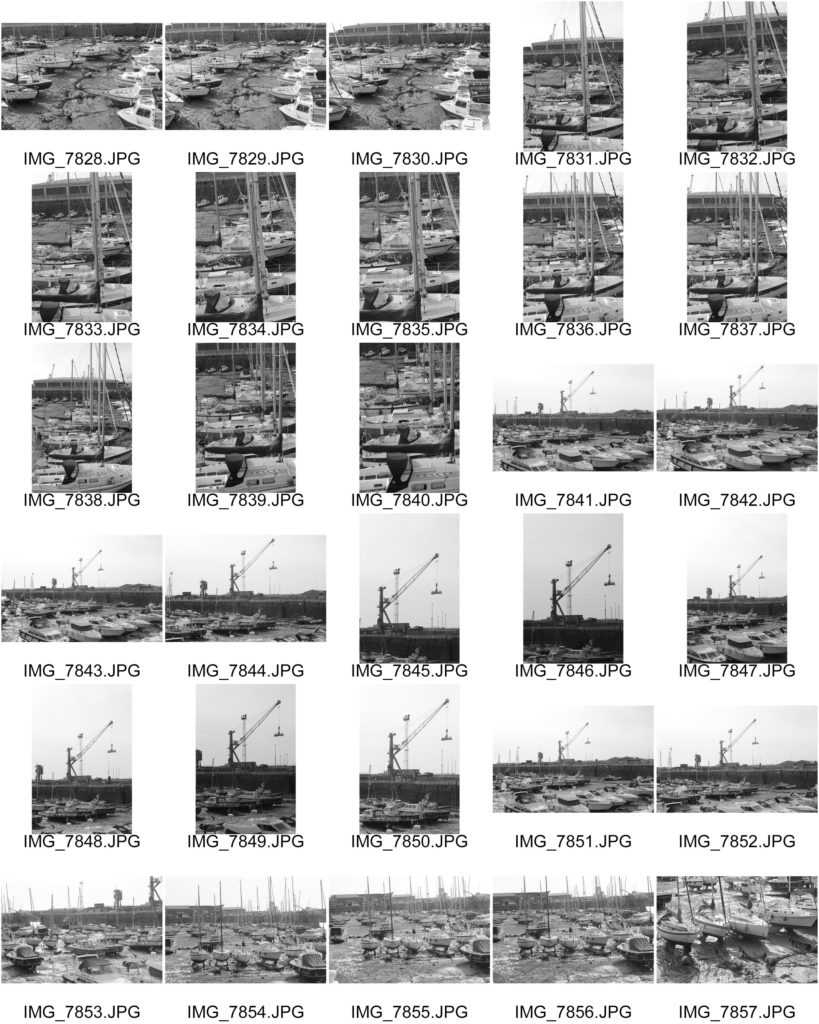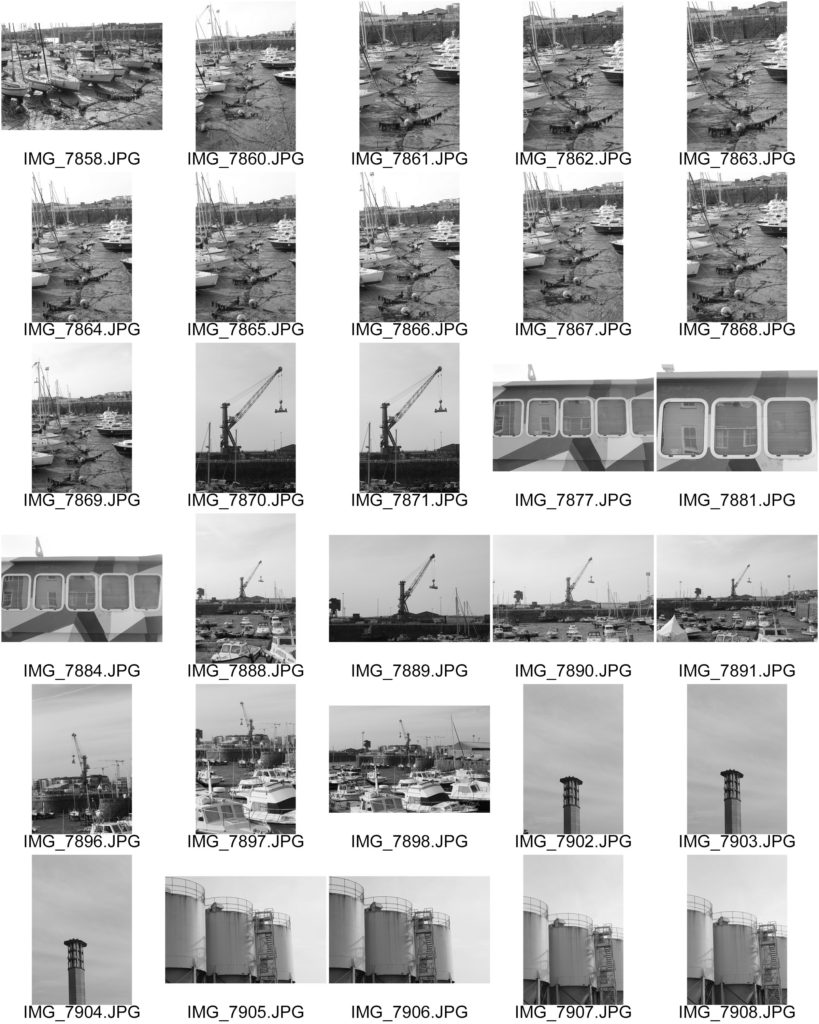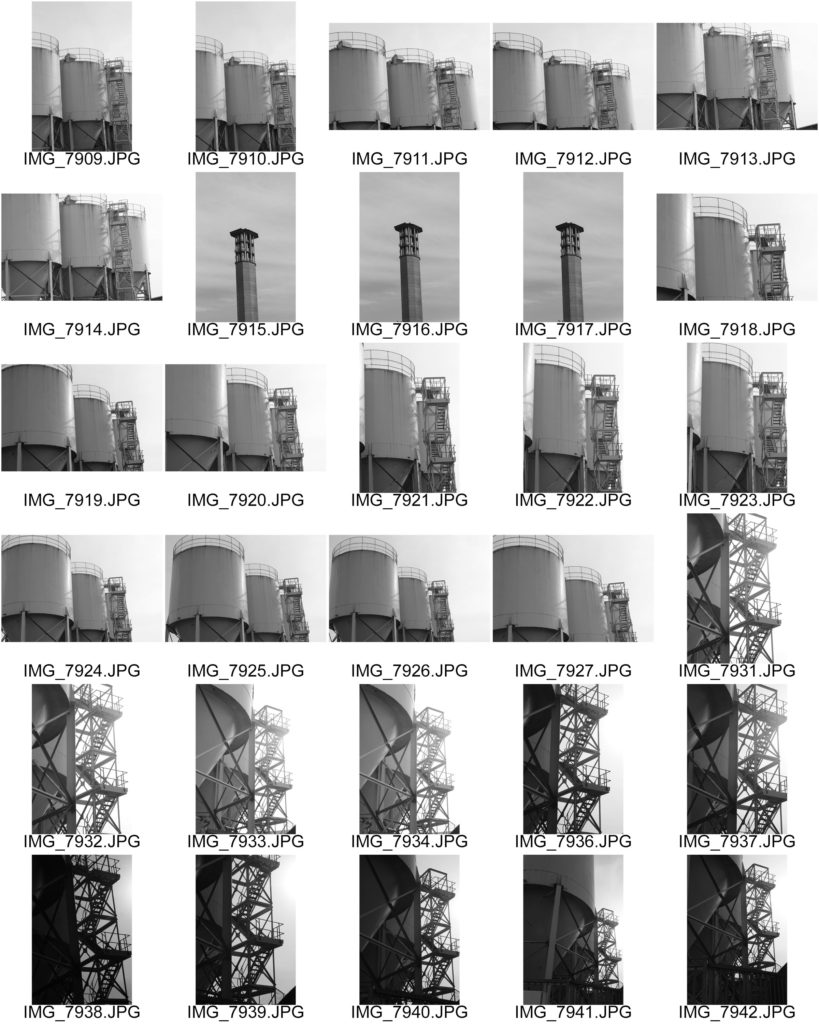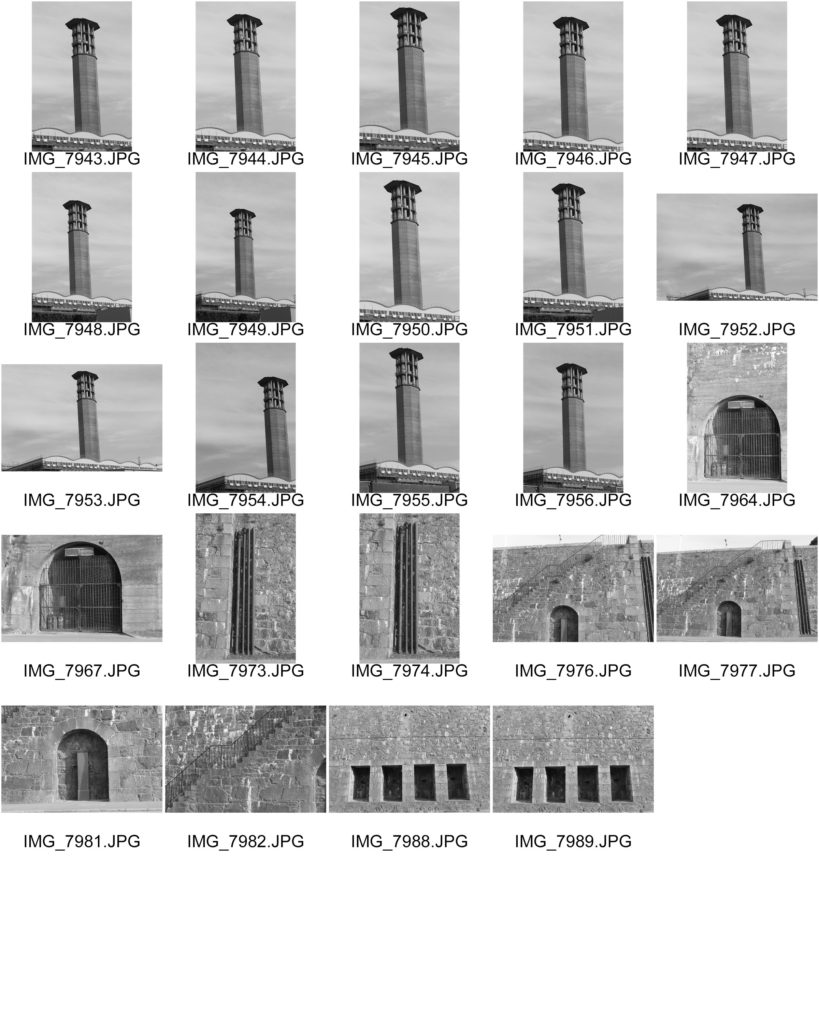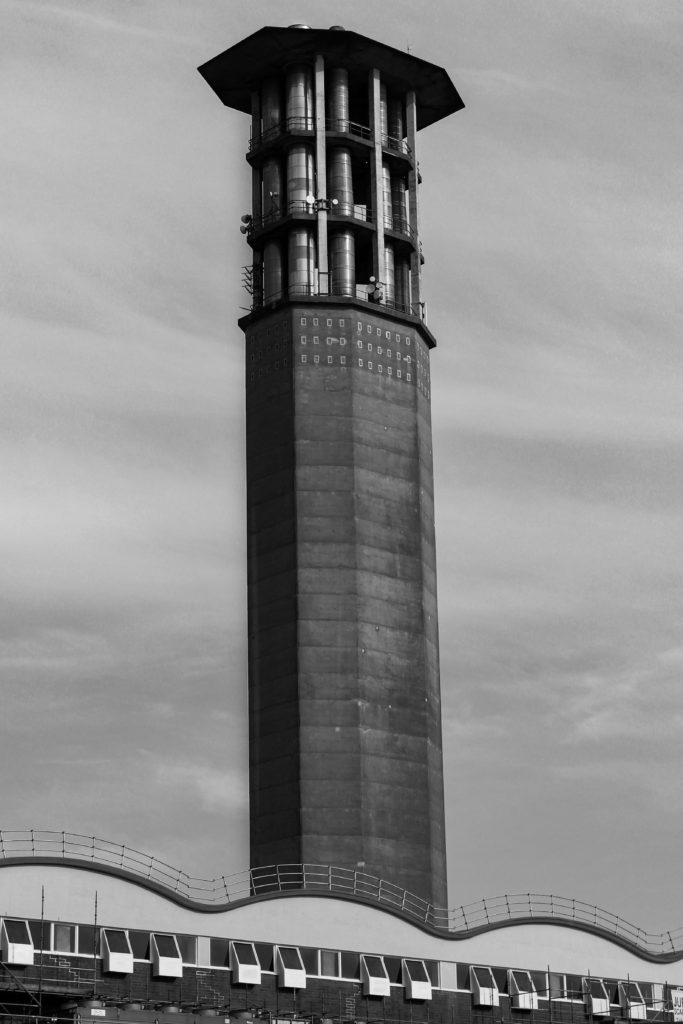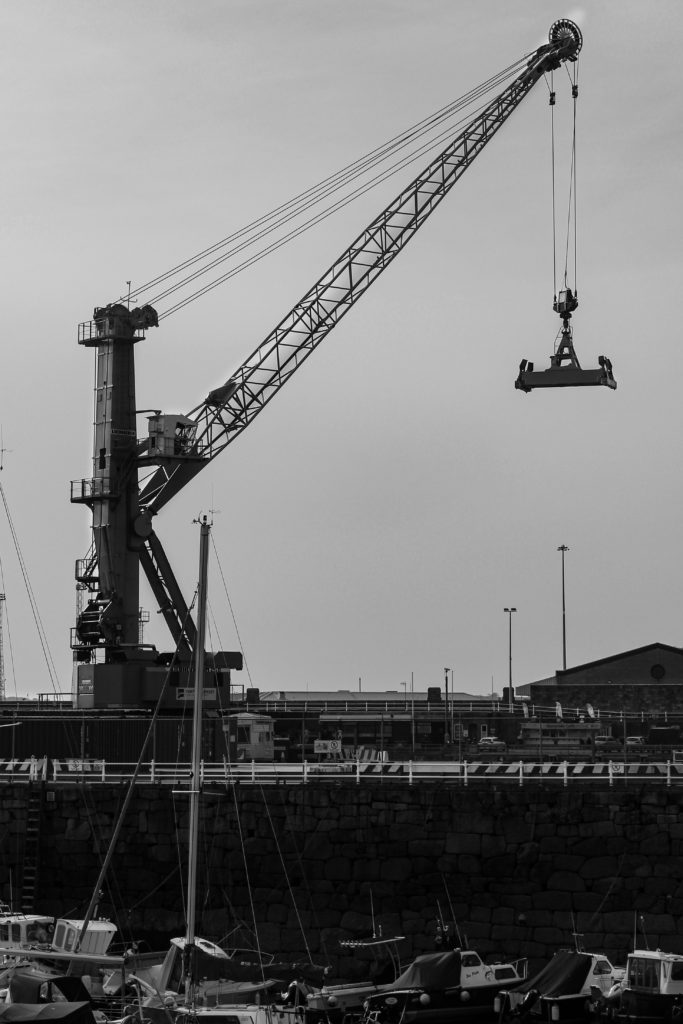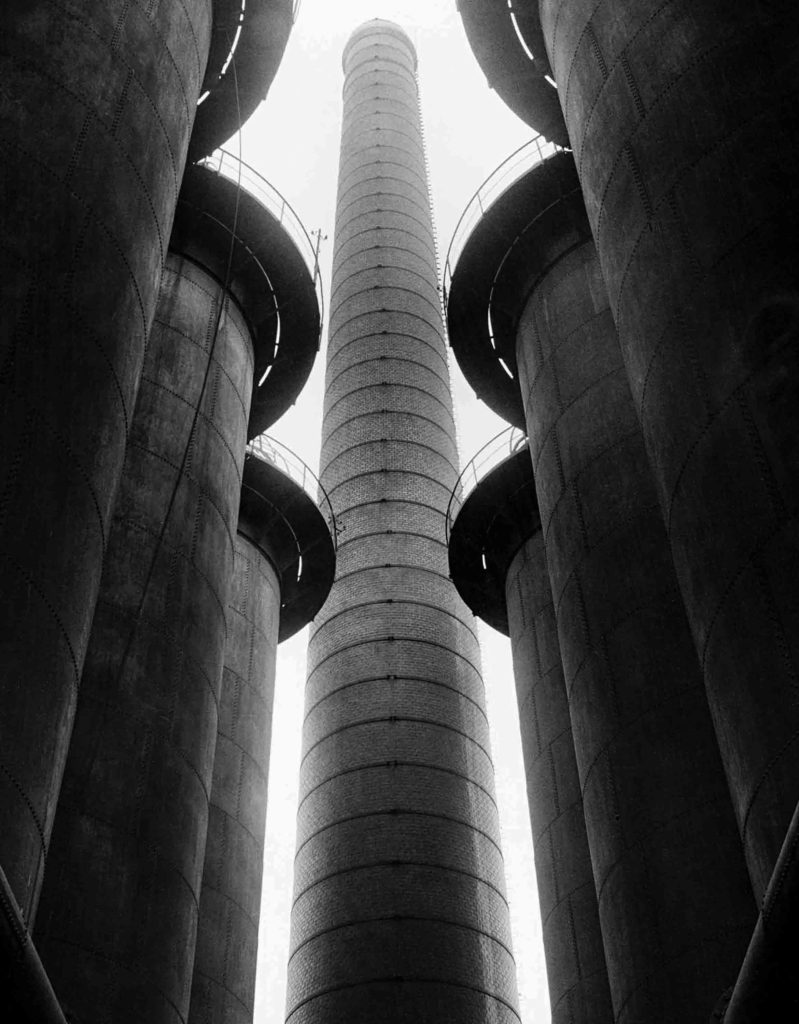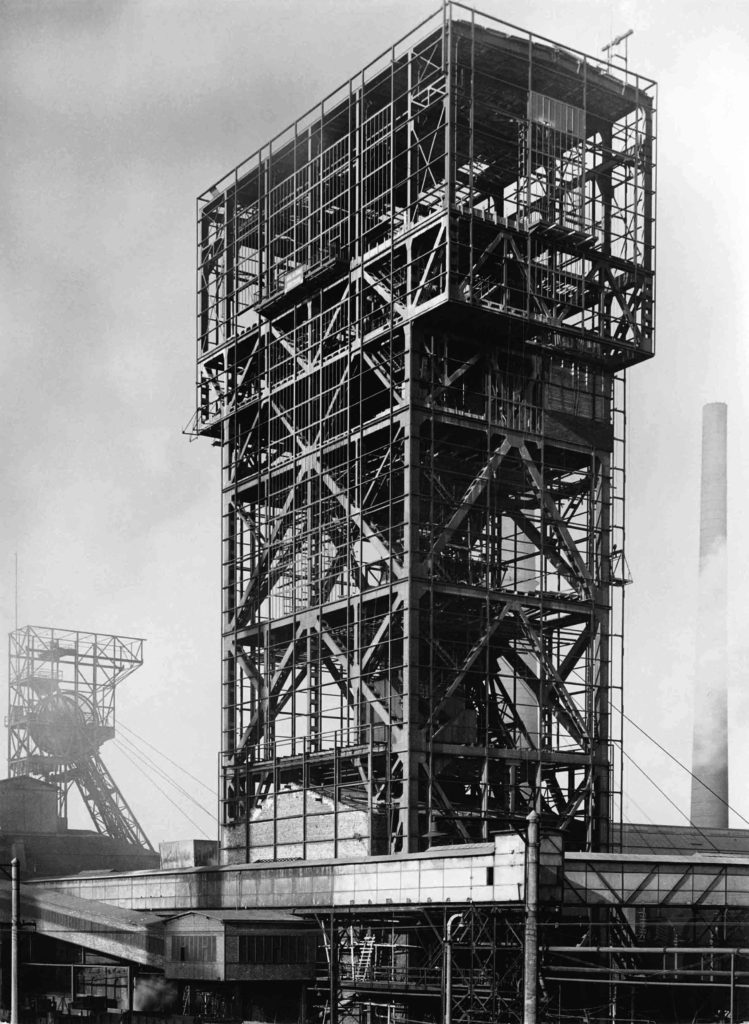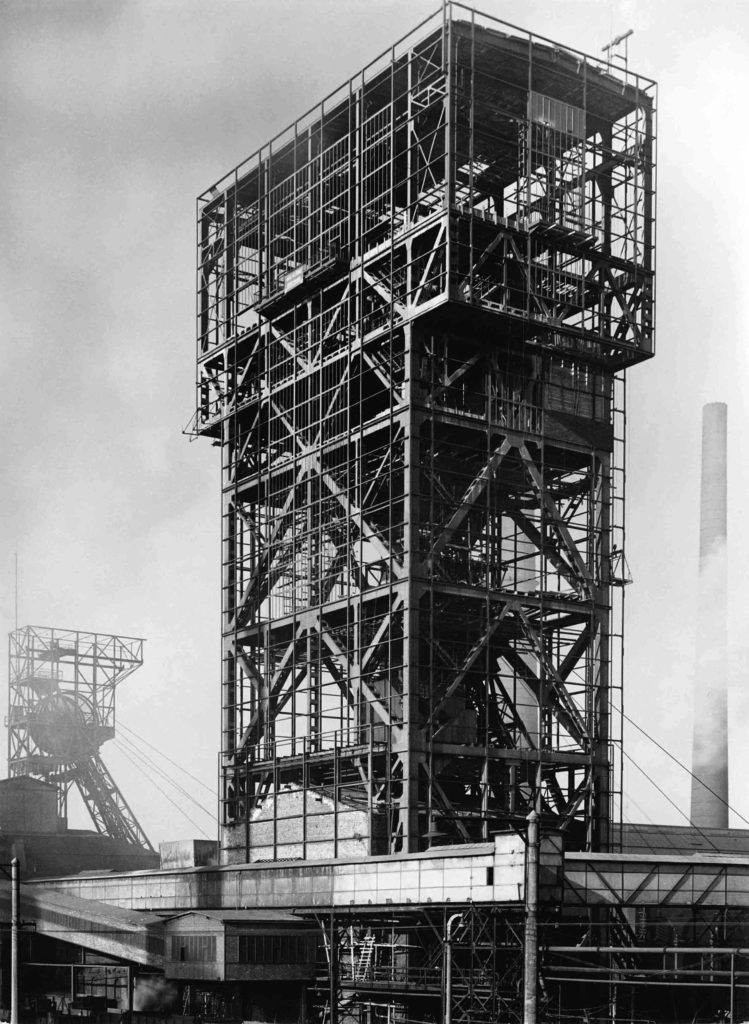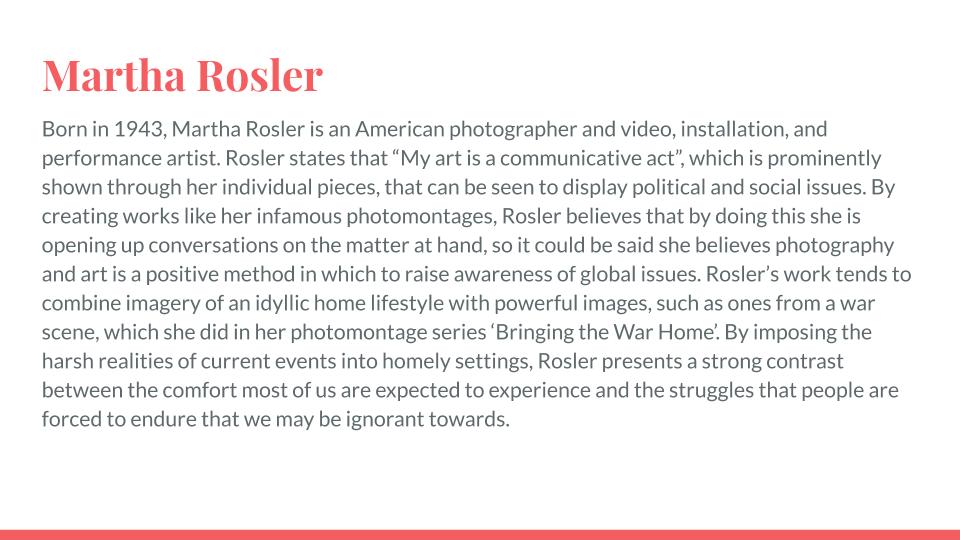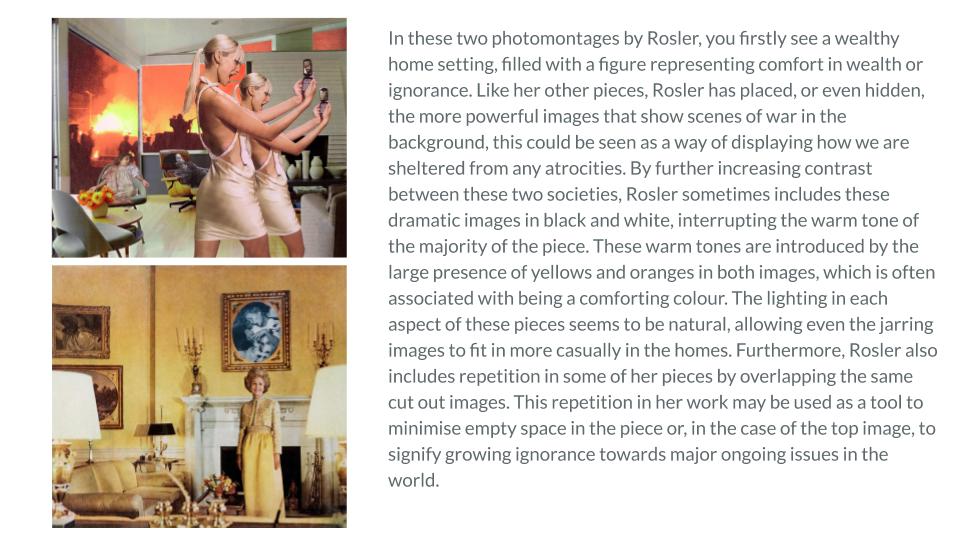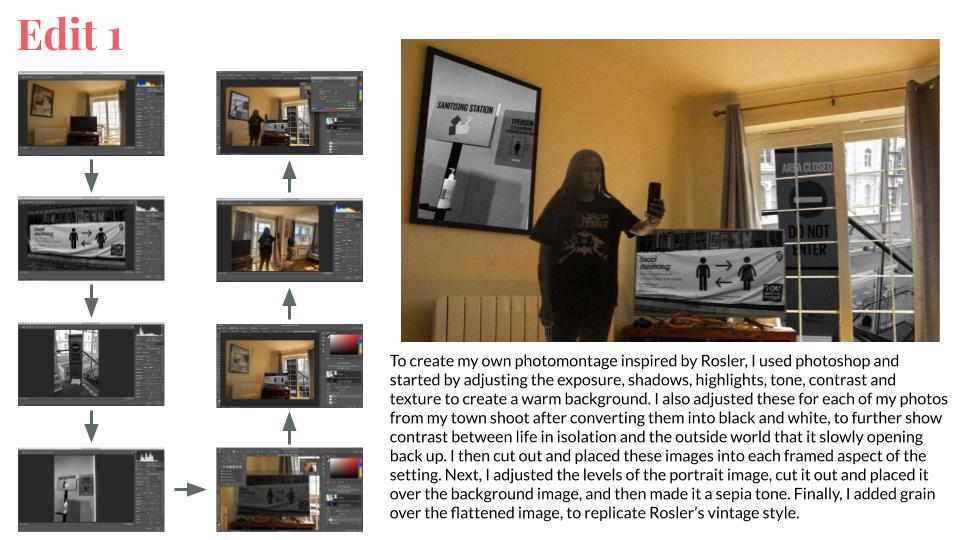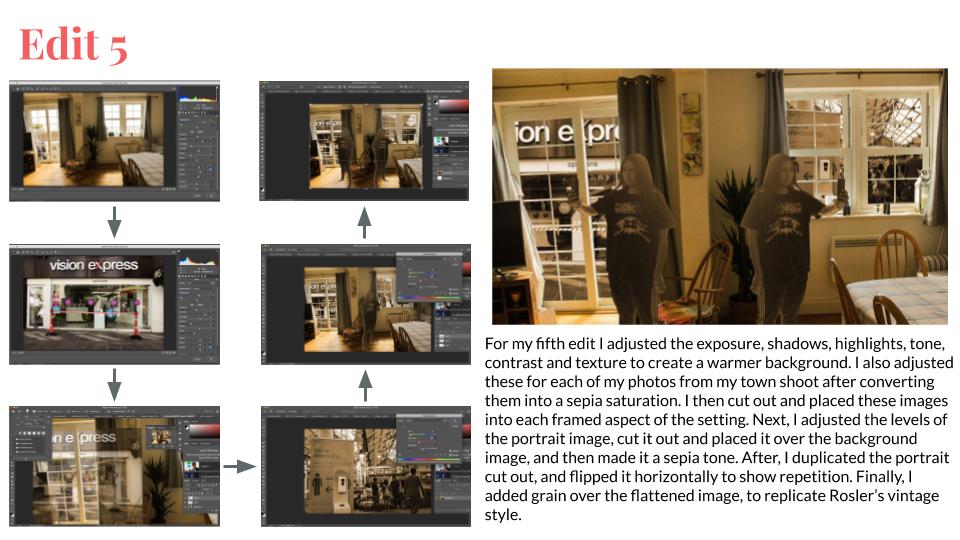Jaromir Funke
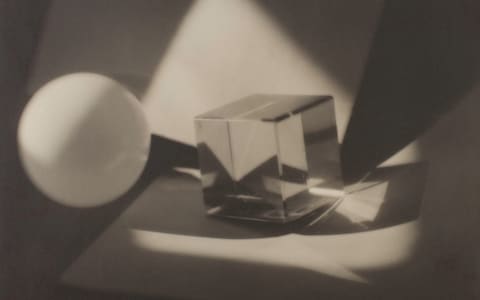
This black and white photograph taken by Jaromir Funke, showcases a geometric image containing a sphere and cube object. Here Funke has used these objects to cause the light to be reflected creating sharp and interesting shadows. These shadows result in geometric and directional lines, that lead your eyes towards the focal point which I believe is the cube in the center. In addition, the texture of this piece appears to be quite smooth and delicate due to the simplicity of the shapes and materials used, and the layout.
Furthermore, I believe the lighting in this image is artificial and harsh, because of the large contrast between the shadows and the reflected light, which seems to have been positioned in order to create the geometric and sharp shadow lines. Also, I think that for this photo Funke used a small or medium aperture as everything in the image has almost the same amount of focus, for example the cube in the center is slightly more focused than the sphere. Moreover, the shutter speed used for the image appears to be fast, as it displays a sharp and clear photograph.
Here you can see Funke’s influence of pictorialism, an approach to photography that emphasizes the beauty of the subject matter, through his use of typically mundane objects and romanticising them. It can also be said that he does this in the style of an abstract and documentary photographer.
Laszlo Moholy Nagy
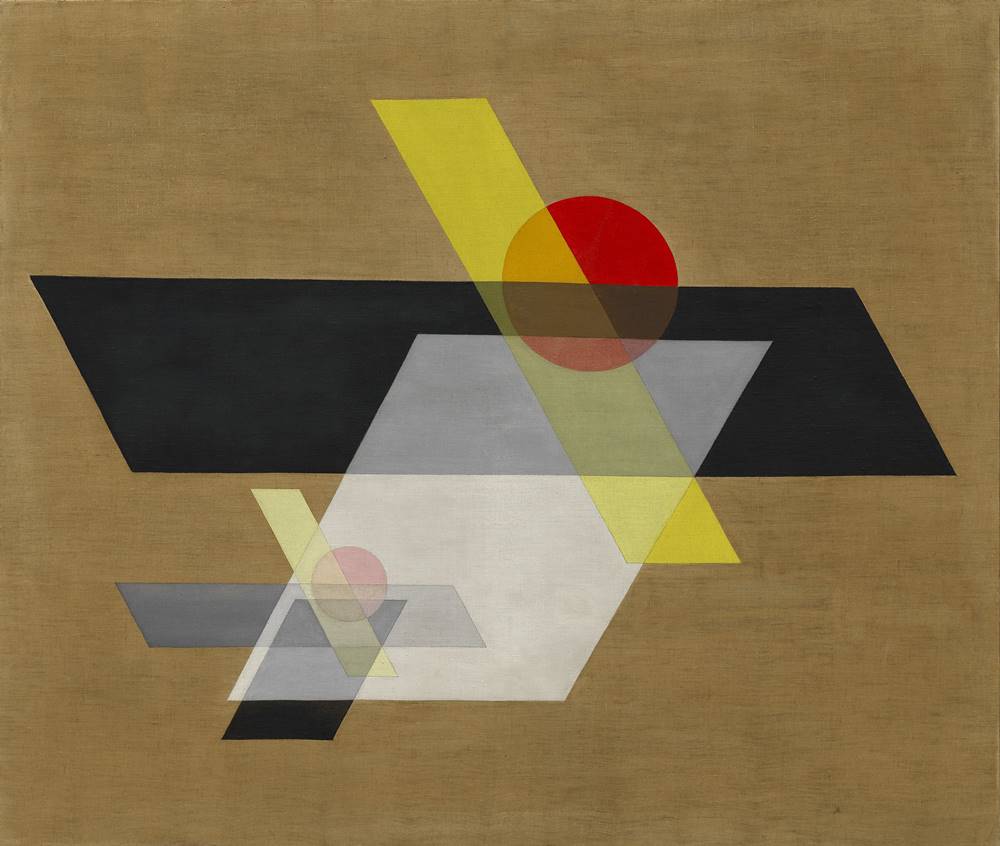
In this colour composition, by Laszlo Moholy Nagy displays geometric shapes in different colours and shades overlapping, on top of a brown background. These shapes create vertical and horizontal leading lines across the piece, drawing your eye towards the large, black parallelogram in the center, which is what I believe to be the focal point. You could describe this image as peaceful and organised, as opposed to cluttered due to the fact that Nagy has chosen to leave quite a bit of empty space around the sides of the composition. Furthermore, the texture of this piece is smooth, which could be due to the aspects of transparency of some of the shapes.
Here Nagy has foregrounded his aim to create art ‘that did not exist before us and that cannot continue after us’ and that is not just a passing fashion, through is unique and abstract style.
Comparison
These two images immediately display similarities through the use of geometric shapes in their pieces, as here, Funke has used a clear cube and a sphere to cause the light to be reflected creating sharp and interesting shadows. Furthermore, Nagy has used similar shapes as Funke in this piece, such as circles and parallelograms overlapping, resulting in the same geometric style. However ,Nagy has used colours in his piece to create strong, distinct lines and shapes, whereas Funke relies on the light and shadows to make these bold leading lines, as his image is in black and white. The Texture in both pieces appear to be smooth, as in Funke’s photograph the objects and surfaces with light reflected onto them are simplistic, just like the shapes in Nagy’s composition.
However, in Funke’s image you can see that he has chosen to take the photograph in hard lighting, allowing for dramatic shadows to be cast. Although, due to the fact that the piece from Nagy is a painting, lighting does not need to be considered, although the overall tone of the image is dark because of its earthy colours and shades.
My Reflected Images
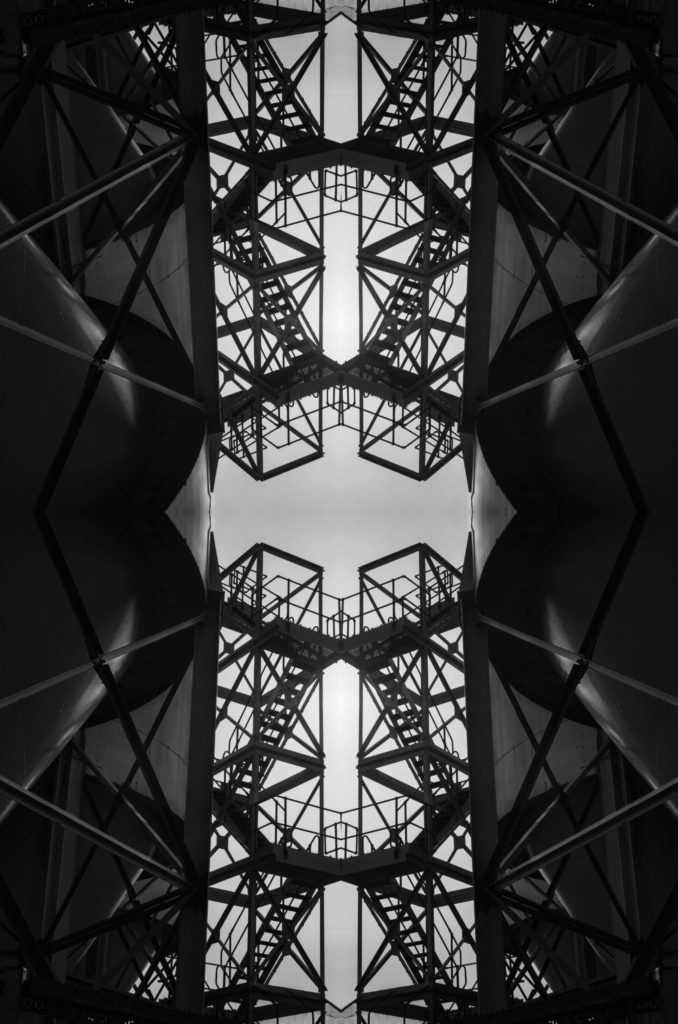
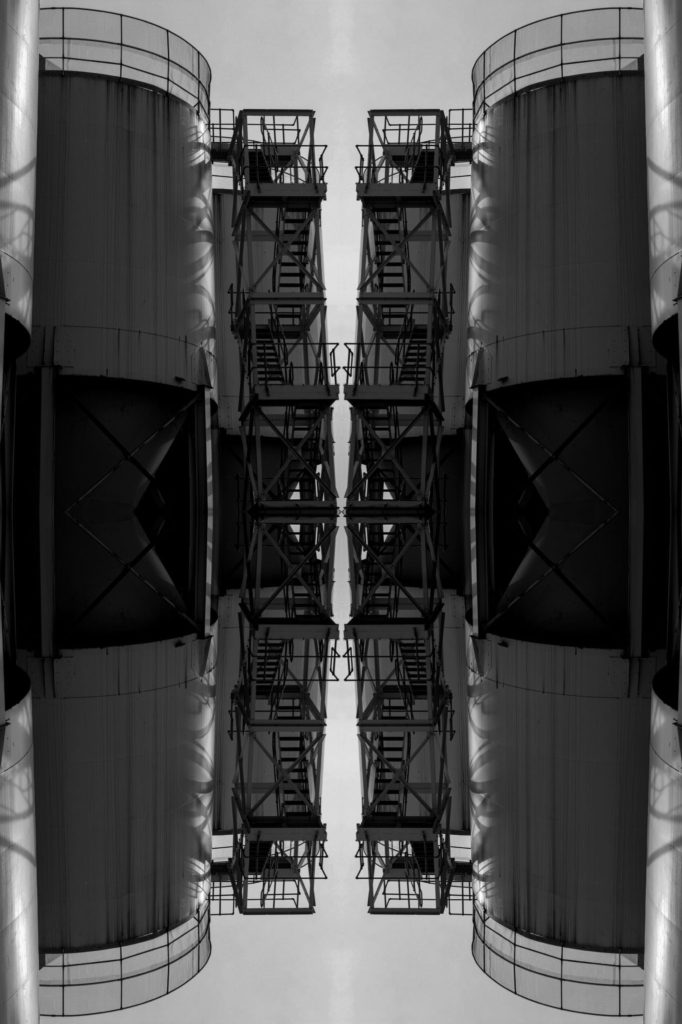
For these reflected image edits I used Photoshop to create a kaleidoscope effect on two photographs from my Albert Renger-Patzsch project. In order to do this I:
- Opened my image
- Selected the image and then copied it
- Changed the canvas size to either double the width or length of the original
- Pasted my image
- Flipped the image either horizontally or vertically
- Lined it up next the the original image to create the mirrored effect
- Flattened the image, then repeated steps 2 through 6 for the kaleidoscope effect

